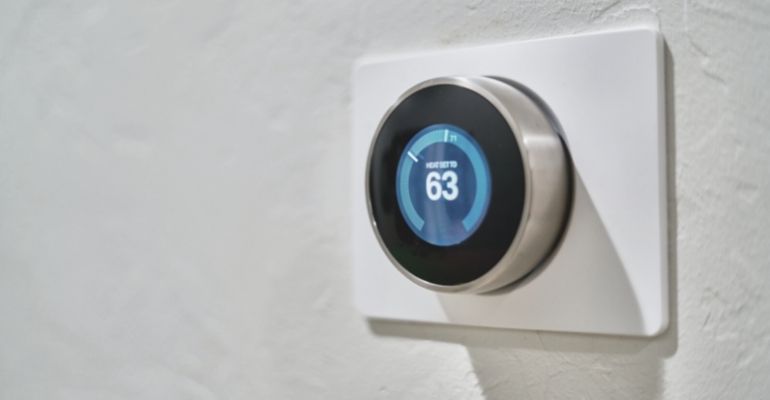Over the past decade, the rapid advancement of technology has transformed all sectors of life and work. In the sphere of architecture and design, technology is fast becoming much more accessible and cost effective than ever before.
Despite this trend, for many within the industry familiarity remains a barrier to the uptake of certain technologies.
A MUST-HAVE, NOT A NICE-TO-HAVE
Previously, technology and AI have been used largely in the fields of 3D printing and robotics to aid with processes such as performing complex design complications, scripting, and autonomising repetitive tasks.
Today, AI is allowing for enhanced collaboration between architects and stakeholders by creating a more integrated overall landscape.
For example, large giga entities in Saudi Arabia such as The Red Sea Development Company and AMAALA are now exploring the ways in which technology can be integrated from the initial planning stages of a project and enhanced at each phase down the chain.
“We’re essentially talking about the management and proliferation of data and how it is fast becoming more prevalent. The challenge everywhere is how integrated individual assets are becoming into tech, smart solutions, AI, and so on,” Kerem Cengiz, Managing Director MENA at LWK+ Partners said.
Several governments throughout the GCC are seen to be leading the curve in terms of how they manage and integrate the built environment regarding nation building. For architects and developers who want to be a part of this process, engaging with tech, AI and robotics is no longer considered a luxury but a necessity.

THE POTENTIAL OF AI FOR HEALTH AND SAFETY
Over the past two years, many authorities across the globe have employed smart technologies to facilitate the management and tracking of the COVID-19 pandemic.
Technologies such as contract tracing applications and temperature monitors in buildings are clear examples of how the use of AI in urban planning and management can benefit the health and safety of citizens.
“Designing with covid at the forefront, we can find ways of mitigating the worst impacts of the peaks and troughs of infection [from COVID-19],” Cengiz noted.
Smart home technology has already existed for some time in the form of remote-controlled curtains, smart metres, AI assistants and the like. Yet the demand today is for better integrated systems that can control every element of the home simply via one single handset.
In the context of the pandemic, consumers are seeking more advanced systems which perform tasks such as detecting infection rate levels in contained spaces, controlling air quality and providing health advice and recommendations.
Additionally, with many countries worldwide continuing to enforce lockdowns and stay-at-home mandates, the innovation of AI within design also offers the opportunity to create a more connected community network in which data flows between homes and buildings.
As Cengiz notes, by connecting this into a government network “the chain of connectivity becomes much more dynamic and responsive and, in that sense, it becomes easier to control outbreaks and disaster conditions.”

FUTURE ACTIONS AND CHALLENGES
Due to the current rate of technological advancement, in the next decade we can expect to see living environments which are much smarter than those of today, particularly in regard to health and safety.
Over the past half-decade, cities such as Singapore and Dubai have progressed a great deal and are already beginning to integrate individual homes into larger community and governmental networks.
Yet what are the potential roadblocks to this change?
“A lot of the challenges of innovation in this space come back down to cost … it’s very expensive to integrate new tech,” said Cengiz.
To increase market uptake of new technologies, it is essential that governments and private companies take time to assess the cost-benefits of implementing new tech and invest with a long-term rather than short-range mindset.
“The reality is that the future [of smart homes] is always going to be relatively unpredictable as things are moving so quickly … on a human level, the focus should not just be on saving money but on improving peoples’ lives by for example, consistently controlling air quality in the home to respond to changing climatic conditions,” Cengiz concluded.

